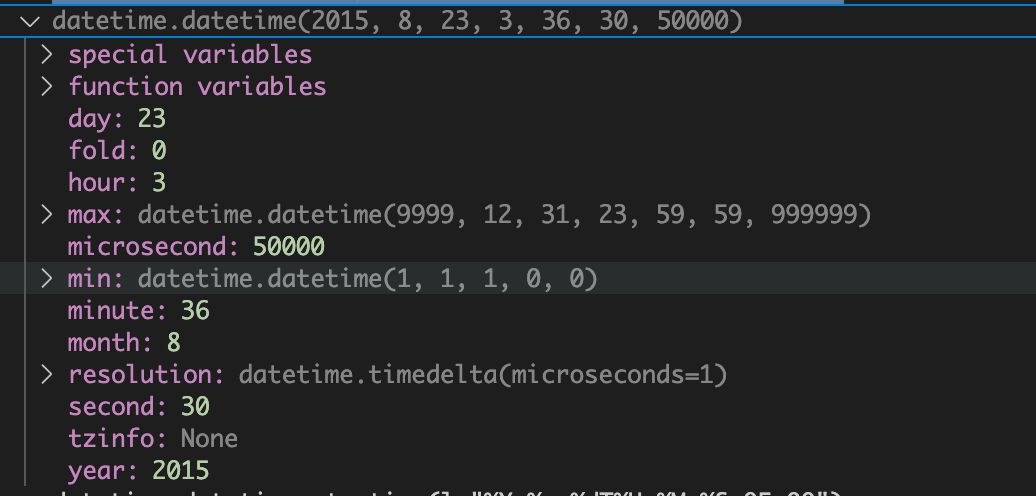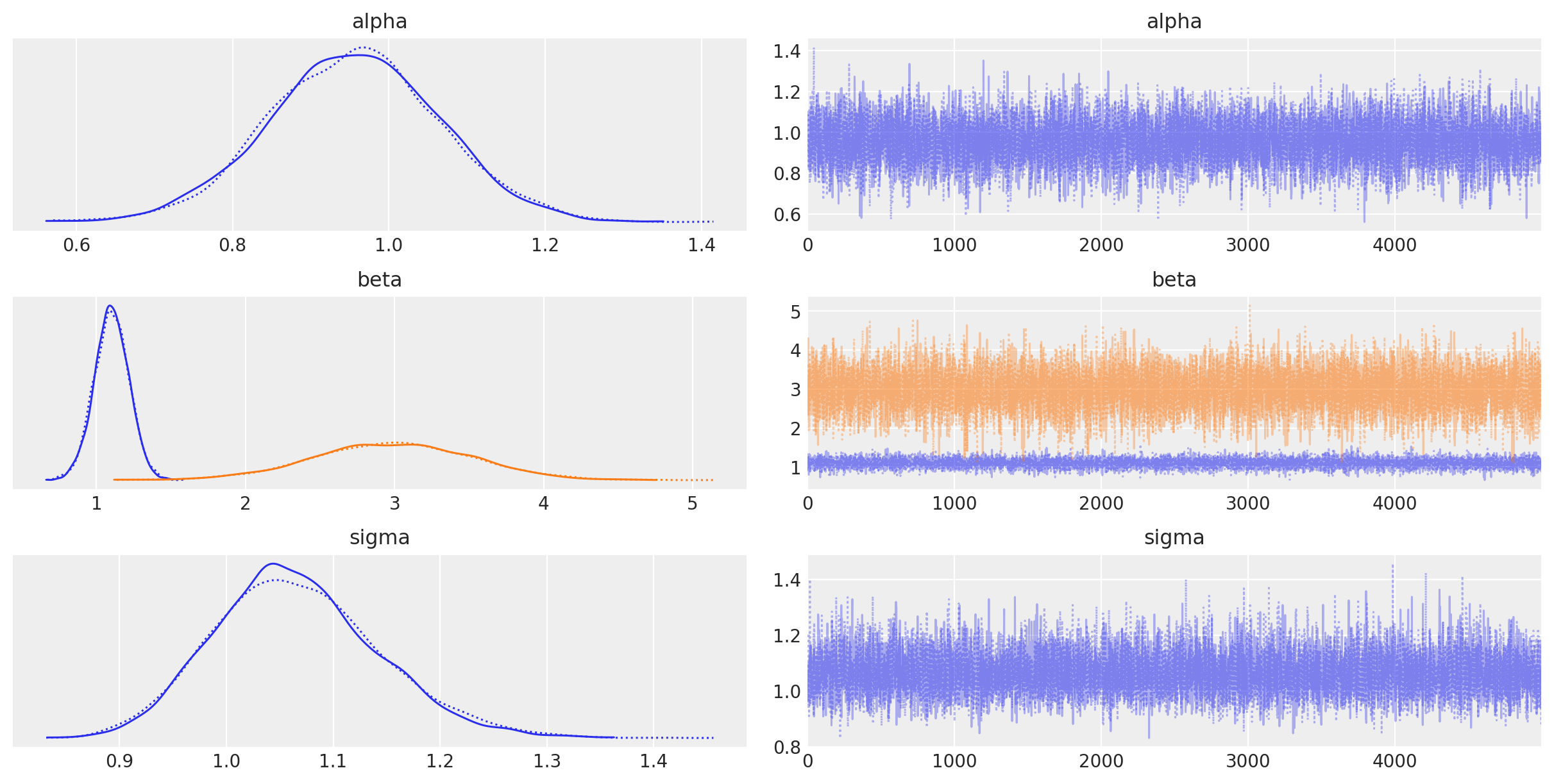How do you loop through an entire list in Python?
How do you loop through an entire list in Python?
I'd be happy to explain how to loop through a list in Python!
In Python, there are several ways to loop through an entire list, and each method has its own unique characteristics. Let's explore some of the most common methods:
1. For Loop
One of the most straightforward ways to loop through a list is using a for loop. This is perhaps the most intuitive way to do it:
my_list = [1, 2, 3, 4, 5]
for item in my_list:
print(item)
This will output each element in the list on a new line:
1
2
3
4
5
In this example, we're using the for keyword to create a loop that iterates over the elements of the my_list list. The variable item takes on the value of each element in turn, allowing us to perform some operation or inspection on each item.
2. While Loop
Another way to loop through a list is using a while loop:
my_list = [1, 2, 3, 4, 5]
i = 0
while i < len(my_list):
print(my_list[i])
i += 1
This will also output each element in the list, but this time using a while loop that continues as long as the index i is less than the length of the list.
3. Enumerate Loop
When you need to keep track of both the index and the value of each element in a list, an enumerate loop comes in handy:
my_list = [1, 2, 3, 4, 5]
for i, item in enumerate(my_list):
print(f"Index: {i}, Value: {item}")
This will output each element along with its index, like so:
Index: 0, Value: 1
Index: 1, Value: 2
Index: 2, Value: 3
...
4. List Comprehension
In Python, you can also use list comprehensions to loop through a list and create a new list with the desired values:
my_list = [1, 2, 3, 4, 5]
squared_values = [x**2 for x in my_list]
print(squared_values) # Output: [1, 4, 9, 16, 25]
This is a concise way to perform an operation on each element of the list and create a new list with the results.
5. Map Function
Finally, Python's built-in map function can also be used to loop through a list:
my_list = [1, 2, 3, 4, 5]
def square(x):
return x**2
squared_values = list(map(square, my_list))
print(squared_values) # Output: [1, 4, 9, 16, 25]
This example uses a lambda function to square each element of the list, and then applies it using map.
In conclusion, Python offers several ways to loop through an entire list. While there is no one-size-fits-all solution, understanding these different methods will help you master looping in Python!
Iterate through list Python with index

I apologize for the misunderstanding earlier. I shall respond in English as per your request.
When working with lists in Python, often we need to iterate through them with an index. This is a crucial concept to grasp when dealing with complex data structures and algorithms.
Let's explore some ways to do this:
Using the for loop
fruits = ['apple', 'banana', 'cherry']
for i in range(len(fruits)):
print(i, fruits[i])
This will output:
0 apple
1 banana
2 cherry
In this example, we're using a for loop to iterate through the indices of the fruits list. The range(len(fruits)) generates a sequence of numbers from 0 to the length of the list minus one.
Using the enumerate function
animals = ['dog', 'cat', 'bird']
for i, animal in enumerate(animals):
print(i, animal)
This will also output:
0 dog
1 cat
2 bird
The enumerate function returns an iterator that produces tuples containing a count (from the start which defaults to 0) and the values obtained from iterating over the sequence.
Using the zip function
colors = ['red', 'green', 'blue']
numbers = [1, 2, 3]
for color, number in zip(colors, numbers):
print(color, number)
This will output:
red 1
green 2
blue 3
In this case, we're using the zip function to combine two lists into a single iterator. Each iteration returns a tuple containing one element from each list.
Using the itertools.product function
import itertools
letters = ['a', 'b', 'c']
numbers = [1, 2]
for letter, number in itertools.product(letters, numbers):
print(letter, number)
This will output:
a 1
a 2
b 1
b 2
c 1
c 2
The itertools.product function returns an iterator that produces all possible combinations of elements from the input iterables.
These are just a few examples of how you can iterate through lists with indices in Python. Remember to choose the method that best fits your specific use case, considering factors such as performance, readability, and maintainability.
Please let me know if there's anything else I can help you with!





























